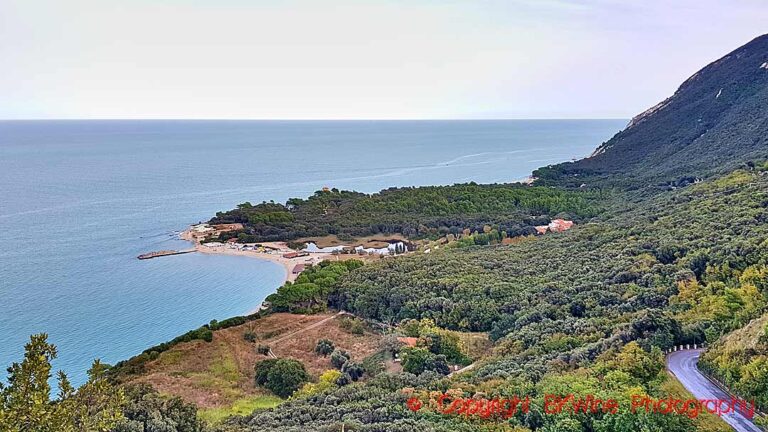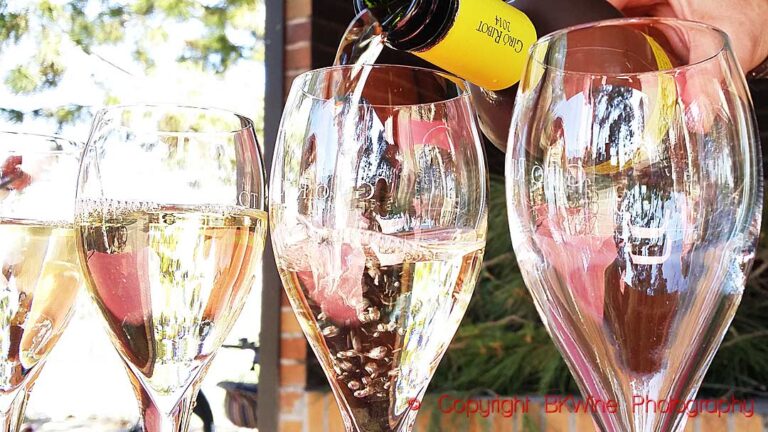Not just football
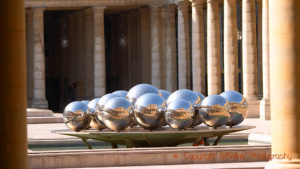
There’s a lot of talk about South Africa these days (but less and less in some countries perhaps…) with the World Cup in full spin. But disregarding if we’re watching football or not, South African wines are becoming more and more popular.
In Sweden, for example, it is the biggest supplier of wines to the monopoly and in England it recently overtook France in one market segment. Why is this? Is it because the wines are good, or because they are cheap, or that they are skilful marketers? Or perhaps it is a country that many visit for vacation and become so fond of the wines so they continue drinking when they get home? All of this has no doubt contributed!
The vineyards in South Africa cover around 100,000 hectares, slightly less than Bordeaux. The production is around 10 million hectolitres (quite a lot more than Bordeaux) which makes it the world’s seventh wine producing country. the acreage has not change much the last ten years. What has change very much is that more and more produces now make and sell their wines themselves, instead of delivering to a co-operative. And of course, the wines have become much more interesting. Today there is a wealth of different wine styles and grape varieties.
Chenin blanc
South Africa makes a lot of white wines. It is traditionally a big brandy producer (more about that at another occasion), so white varieties have always been widely planted. The premier brandy grape is the chenin blanc, previously called steen here in SA.
“Chenin blanc is easy to grow in South Africa”, explains Teddy Hall in Stellenbosch, “hand we don’t have any problems with getting it ripe and produce clean healthy grapes. That’s why it’s always been popular with the brandy producers”.
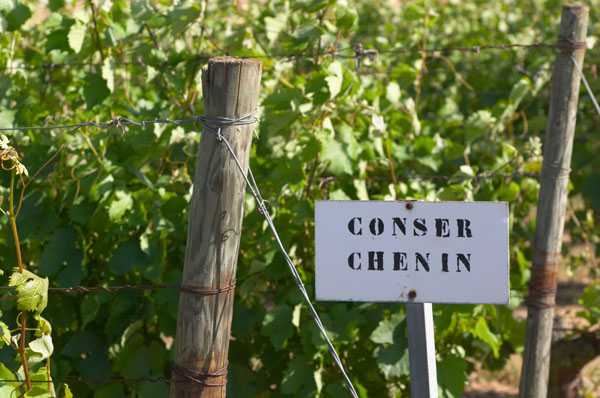
Chenin blanc is still the most common grape variety even if it has decreased in recent years, as plantings of red varieties have increased. (But last year, more white grapes than red were planted so maybe the trend is changing.)
We just hope that the chenin vineyards don’t shrink too much! The grape can be used for not only brandy, but also excellent white wines, and more top quality chenins from South Africa will be welcome!
Like for instance the wines from Teddy Hall. Teddy is one of the best chenin producers in South Africa. He has travelled a lot in the “home country” of the chenin, in the Loire Valley, and in his view south Africa has a definite advantage: “Here in our wine regions the grapes ripen better and they also ripen all at the same time”. His dry and refreshing Chenin Blanc Summer has fermented quite quickly in steel tanks for ten days. It is a dry, refreshing, and clean chenin. “This wine shows the fundamental characteristics of chenin”, says Teddy.
The Chenin Blanc Reserve has fermented in barrique and has been aged for one year before release. It has a different range of aromas, a touch of caramel but also the distinct chenin flavours of apricot and grape fruit. “It is a different style of chenin blanc”, Teddy points out, “almost sémillon-like in its richness”.
At Rickety Bridge in Franschhoek we talk with Wynand Groble, a young winemaker with a past at Rust en Vrede and Garden Peak. He has 6 ½ ha of old chenin blanc vines, planted in 1974. From these he makes some excellent chenin wines, for example his delicious rickety Bridge White Range Chenin Blanc 2009, with a good acidity, aromas of passion fruit and a very dry finish. Just like Teddy he experiments with both reductive (in closed vats) and oxidative (e.g. in barrels) vinification of the chenin.
By the way, what’s your take on South African chenin blanc vs. Loire Valley chenin blanc?
Sauvignon blanc
Chenin blanc is not the only white grape that gives good results in South Africa. A short drive south from Cape Town you arrive in the Constantia district. Here it is sauvignon blanc (pronounced [blanK] with a hard at the end) that is the big white grape variety.
“We’re just five kilometres from the sea”, says John Loubser, winemaker at Steenberg, a vineyard that has attracted quite a lot of attention for architecture. “At Constantia we constantly have the sea breeze and since sauvignon blanc doesn’t like too much heat it like it here in this slightly cooler climate.” John harvests the sauvignon blanc and makes for example the excellent Magna Carta where he blends it with a bit of sémillon.
But also other regions in South Africa have been successful with sauvignon blanc. Dalla Cia in Stellenbosch (more about them later) makes a very good and complex sauvignon blanc with aromas of gooseberry and pineapple. “We want to make a French style sauvignon blanc, like Sancerre”, George Dalla Cia says.
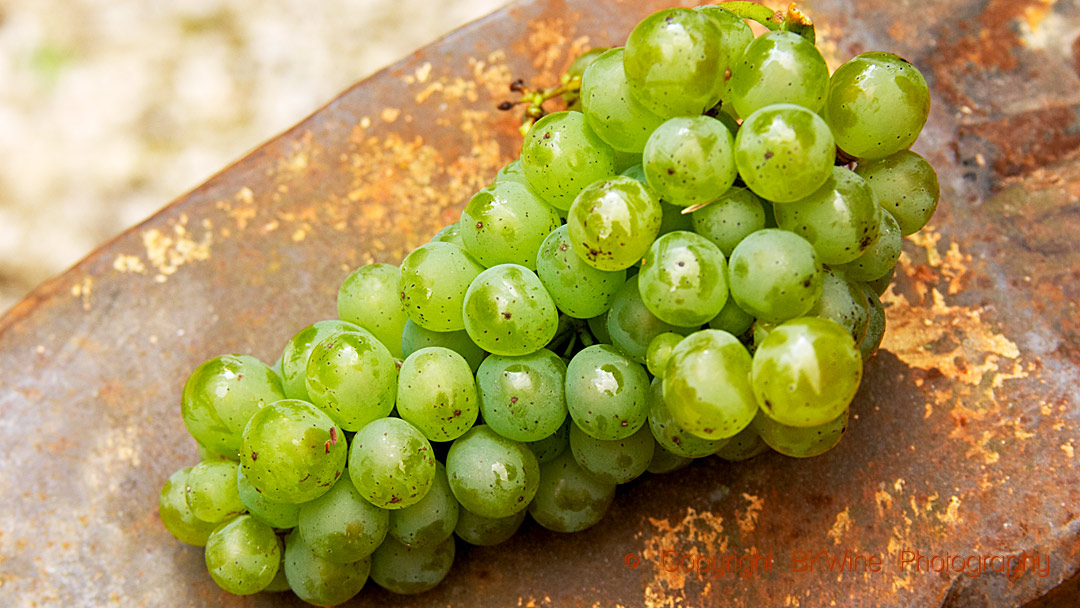
Pinotage
So, what’s the status of pinotage, South Africa’s very own grape? It’s a cross between pinot noire and cinsault, made some hundred years ago. These days it covers only 5% of the total vineyard area, a slight increase since 1998. The winemakers seem to agree. It is a difficult grape variety! Wynand Grobler at Rickety Bridge says that “pinotage is the most difficult of all grape varieties. Either you get hard tannins or you get banana aromas!” It can become too meaty, he continues, so you have to be careful. In particular, you must avoid over-extraction.
He thinks it is a very difficult balance to find. In 2008 he made his first own pinotage. Judging from that he knows how to find the balance. The wine is very tasty, with dark, ripe fruit, some plums and quite a bit of spice. But he’s learnt a lot since then, he claims, listening to suggestions and advice from friends.
As a consumer one must agree – it is a difficult grape variety. You never know quite what to expect from a pinotage, there are so many different styles. From the simple, fruity, unpretentious version from Kleine Zalze to Groot Constantia’s powerhouse filled with spices and smelling of a freshly tarred summer pier.
Cabernet sauvignon and Bordeaux blends
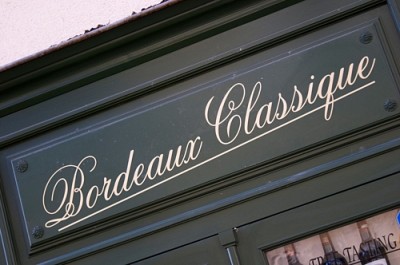
Cabernet sauvignon is the red grape with the biggest plantings in South Africa, followed by its Bordelais cousin the merlot. Cabernet can make excellent wines on its own but more and more wineries have discovered that it can make even more interesting wines if you blend it with some other (Bordeaux) grapes.
At the Dalla Cia winery we meet one of the veterans of Bordeaux blends. More than so actually, Giorgio Dalla Cia can be called the “father” (godfather?) of South African Bordeaux blends. for 25 years he was winemaker at Meerlust and created a wine called Rubicon. It was the first Bordeaux blend in south Africa and is now one of the most famous wines from here. He’s now running his own winery together with his son George.
George recently made a cuvée called Giorgio 2006 as a tribute to his father. The grape mix is 70% cabernet sauvignon, 20% merlot, and 10% petit verdot. The wine has been aged for 18 months in French oak barrels. It has a distinct French feeling to it, with hints of cigar box and a certain austerity. The tannins are distinct but soft.
They also make a “pure” cabernet, but they add 10% petit verdot in this too. It improves the structure of the wine, says George. For many years Giorgio dreamt of making his own grappa (the famous Italian wine brandy) but until 1994 it was illegal to produce. But today the grappa is a big part of the Dalla Cia activity, as well as the restaurant Pane e Vino.
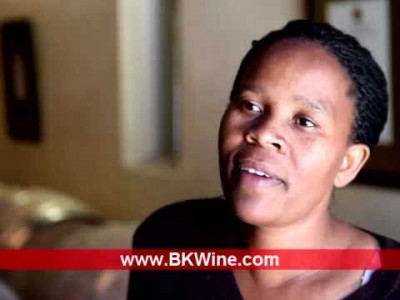
Next door to Dalla Cia you find another winery, Stellekaya with the winemaker Ntsiki Biyela, South Africa’s first female, black winemaker. Perhaps she’s tired of hearing that description repeated over and over, so let’s just say that she is a very talented young winemaker that creates wines with balance and complexity as well as personality. She only makes red wines and most of her wines are based on Bordeaux grapes. Some are quite unconventional blends. Hercules is made from sangiovese, merlot and cabernet sauvignon and is elegant, easy-drinking but with plenty of taste. Cape Cross is a mix of merlot, pinotage and cabernet sauvignon and has aromas of ripe fruit with a touch of oak, but not too much in spite of it spending 22 months in barrel. The wine is very well balanced and delicious.
She also makes a pure cabernet as well as a merlot, both excellent. And let’s not forget her “simplest” wine, Boschetto that sells in South Africa for a very reasonable 40 ZAR. It is a blend of cabernet sauvignon, merlot, shiraz and sangiovese and according to Ntsiki “it can be had with any kind of light dishes”. Of course! It is a nice, fresh and mineraly wine. Watch our video interview with Ntsiki Biyela at Stellekaya here!
Talking about cabernet sauvignon – it is a variety that is often made with aging in oak. However, it need not always be so. David van Niekerk at High Constantia is experimenting with a cabernet cuvée without any barrel aging at all, simply because he wants to get even more fruit in the wine. We look forward to seeing (or tasting) the results of his experiments!
MCC and bubbles!
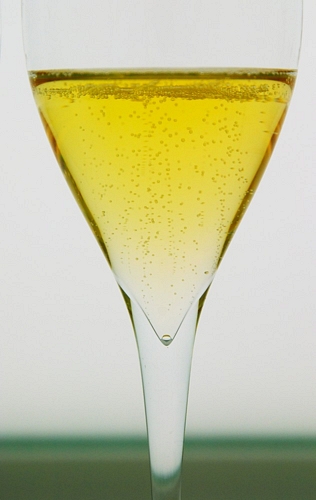
We were very impressed by some of the MCCs that we tasted in South Africa. Behind this code (that you have to learn if you go tasting in SA) hides Method Cap Classic, meaning the “traditional” way of making sparkling wine with a second fermentation in the bottle. The MCC that Teddy Hall makes is complex and full of character, with four years on the lees (before degorgement). It has a toasty character that comes from the long aging.
David Niekerk at High Constantia makes exceptional MCC in the Constantia region, with three years on the lees. The grapes come from high altitude vineyards and the bunches are pressed whole. “I only get 400 litres from 1000 kg”, he explains (in Champagne the extract around 630 l per 100 kg). The wine is dust-dry since he makes no dosage (adding of sugar). It has only 0.6 g of natural residual sugar.
At Anura, at the foot of Simonsberg, between Stellenbosch and Paarl, winemaker Johnnie Calitz applies the philosophy of not interfering much at all, “don’t mess too much with the wine…” he says. It’s a philosophy that generates excellent results. His MCC Brut with 40% pinot noir and 60% chardonnay (ZAR 180) has neither been treated with sulphur nor given any dosage, and it’s very good. Johnnie likes to experiment and he has been testing different yeast strains to see what difference it makes and to see the difference between “cultured” yeasts and “natural” yeast. Using different types of yeast strains gives added complexity to the wine he says.
Have you tried MCC?
Other grape varieties – there is more!
There is a lot of different grape varieties in the South African vineyards. At Anura, for example, you can taste wines made from viognier, grenache and petit verdot.
In their Viognier Barrel Selection 2006 there is a mix of spiciness and smokiness together with some honey. Dry, full-bodied and very nice. Grenache Signature 2007 (ZAR 120) made from grapes from the hot wine region Swartland. It is easy to drink, with aromas of herbs (did anyone say Languedoc?) and elegant. Petit Verdot 2007 (ZAR 90) is well balanced and very nice with a pronounced and refreshing acidity and red fruit. “A pure petit verdot is unusual”, says winemaker Johnnie Calitz, “but that variety goes very well with the climate and soil that we have”.
BKWine also organises wine tours to the South African wine regions.




